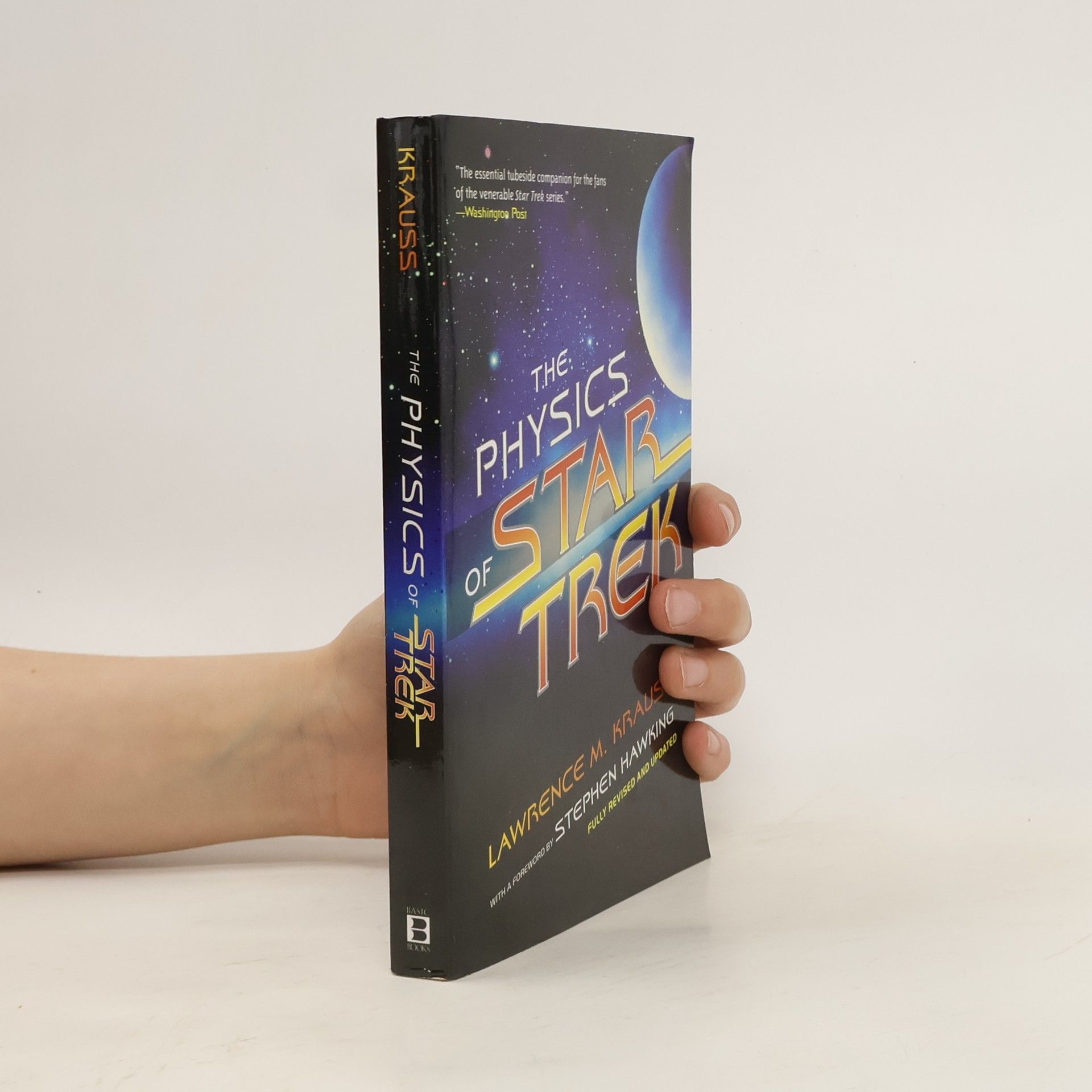The Physics of Star Trek
- 251 pages
- 9 hours of reading
Introduces physics as it analyzes the science behind "Star Trek," explaining the intricacies of warp speed and showing the difference between a holodeck and a hologram.
This series delves into the fascinating world of science that powers interstellar travel and futuristic technology, as seen through iconic examples from beloved science fiction. It explores the real scientific principles and hypothetical concepts that inspire our understanding of the cosmos. Aimed at curious readers who enjoy a blend of science, technology, and imagination, it reveals how far we can truly go when we dare to dream. Discover the physics behind the fantastical journeys and groundbreaking innovations that captivate our imaginations.


Introduces physics as it analyzes the science behind "Star Trek," explaining the intricacies of warp speed and showing the difference between a holodeck and a hologram.
In the bestselling The Physics of Star Trek, the renowned theoretical physicist Lawrence Krauss took readers on an entertaining and eye-opening tour of the Star Trek universe to see how it stacked up against the real universe. Now, responding to requests for more as well as to a number of recent exciting discoveries in physics and astronomy, Krauss takes a provocative look at how the laws of physics relate to notions from our popular culture -- not only Star Trek, but other films, shows, and popular lore -- from Independence Day to Star Wars to The X-Files. What's the difference between a flying saucer and a flying pretzel? Why didn't the aliens in Independence Day have to bother invading Earth to destroy it? What's new with warp drives? What's the most likely scenario for doomsday? Are ESP and telekinesis impossible? What do clairvoyance and time travel have in common? How might quantum mechanics ultimately affect the fate of life in the universe?